When I was in sixth grade (I didn’t go to a middle school or a junior high), the tougher boys were joking about rubbers. I did not make the connection to condoms until high school, climaxing in the time when, believe it or not, my dad gave me one to put in my wallet. He thought I needed one because I was hanging out with some girls (little did he or, most significantly, I know I was their gay friend, and one of the girls, nicknamed “Inch," was a lesbian).
I digress. Condoms weren’t always rubber. Before the invention of vulcanized rubber in the 19th century, condoms were made usually of some kind of linen smeared with chemicals or, ew, animal tissue or bladder. What’s interesting is that since ancient times they were used as both a means of birth control and a protection against STDs. (Ironically, usually birth control and/or abortion was the province of the woman, who was blamed for issues is in this area, even though, by the Middle Ages, the established view was that the woman was merely the physical receptacle of the life-giving, soul-containing male sperm.)
Some interesting facts about pre and early modern condoms and condom usage:
There’s a legend that the King Minos of Crete, subject to so many curses, used a goat’s bladder as a female condom to protect his partners because he suffered from a strange affliction; his semen was filled with snakes and scorpions.
Those short loincloths Greek and Roman guys wore (mostly those of the slave and laborer class), that in the sword and sandal movies showed off hot, muscular legs, often consisted of little more than a covering for the penis. If someone in a higher class wore one of these “lower class” outfits, some have speculated they may have served as form of condom.
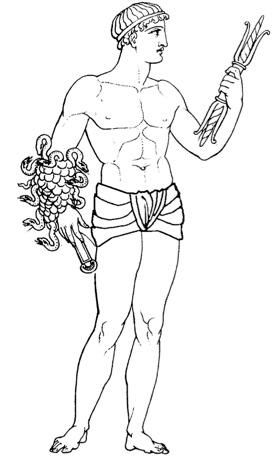
Sexual norms changed during the Middle Ages with the rise of Christian theocracies, and the emphasis on sex and procreation tended to put condoms under the radar, so to speak, and we also lost some knowledge of their substance and use during the ancient world. Some writings by Muslims and Jews, who during this period in some areas comprised the majority of physicians, mentioned soaking a cloth in onion juice or other perceived spermicides.
The syphilis outbreak that began among French troops in 1494 prompted an Italian guy named Gabriele Falloppio (from whence we get the name fallopian tube) to pretty much invent the first item we now can define as a condom. He invented a linen sheath sized to cover the glans of the penis, tied to it with a little ribbon, smeared with spermicide. He claimed to have saved the lives of 1100 sailors with the device. Sailors. And with that word, one I think can pretty much imply that these guys weren’t always going after the clichéd wenches.
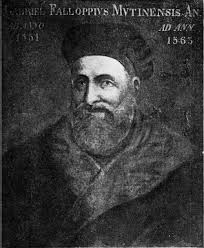
During the Renaissance, condoms were also made of animal intestines or bladders. By the 18th century, they were available in all shapes and sizes; one could buy them especially at the ubiquitous barbershops, which weren’t just places for haircuts. The barbers performed various surgeries, dental work, and especially bloodletting.
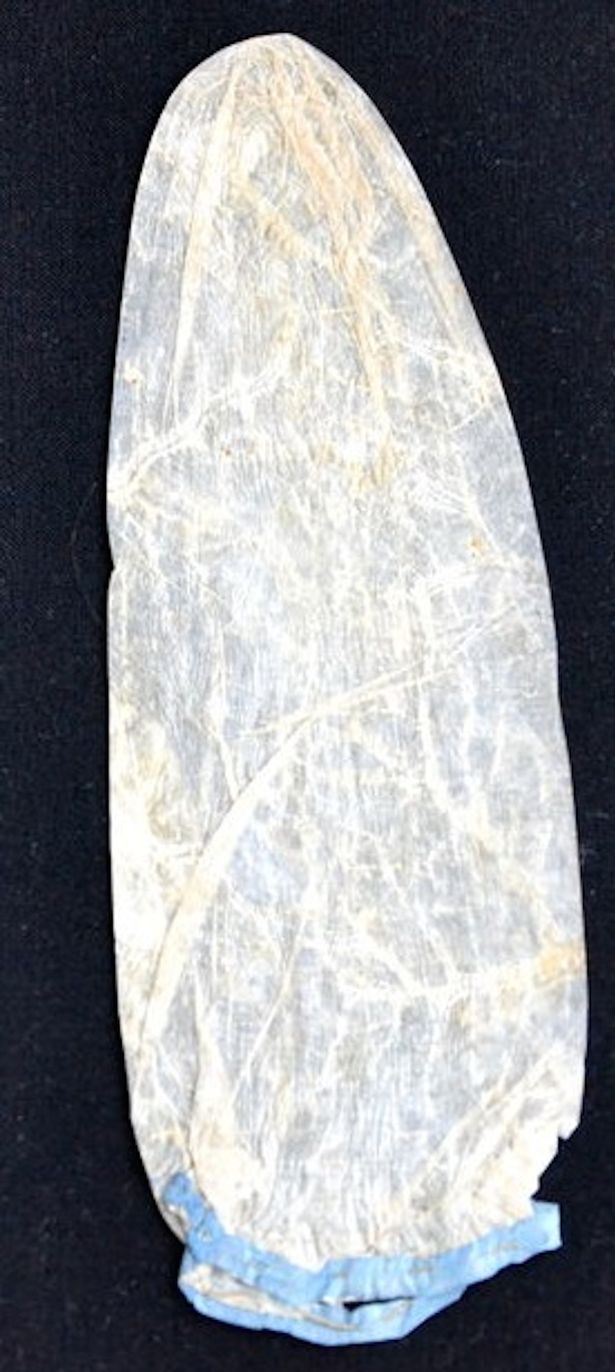
During the above periods, the upper, and later the burgeoning middle classes, were the ones who used condoms. The lower classes couldn’t afford them, and they also lacked education on STDs.
Now the omnipresent and mostly all-powerful Catholic Church during this time wasn’t exactly keen on the use of condoms as birth control, of course, but it was yet to make its views on the subject official in the Pope’s encyclical Humanae Vitae with the advent of the sexual revolution of the 1960s.
And in the early 19th century, after the invention of the rubber condom which increased usage and convenience considerably, the notorious Comstock Act pretty much made life miserable for anyone who wanted to use any form of contraceptive, much less educate oneself on the issue.
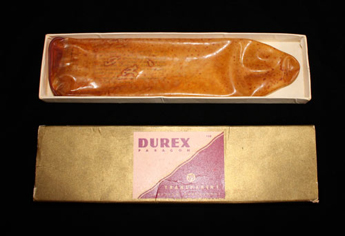
The deadly AIDS epidemic of course made the condom a matter of life and death, with the holy haters decrying what condoms had always been used for, saving lives, in favor of reviving the scapegoating of anyone with STDs.
By the way: there was no “Earl of Condom.” The etymology of the word is indeed unknown!
Source: mostly Wikipedia’s article on the History of Condoms, combined with some of my own knowledge of gender/sexuality history




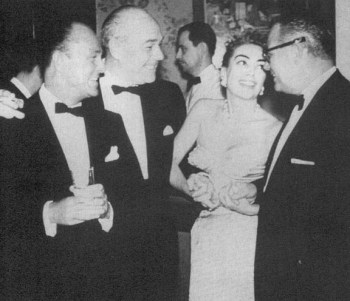
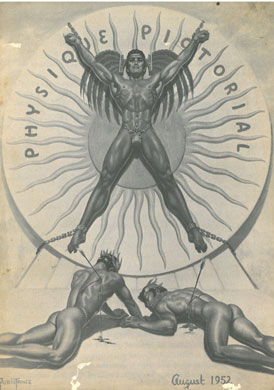
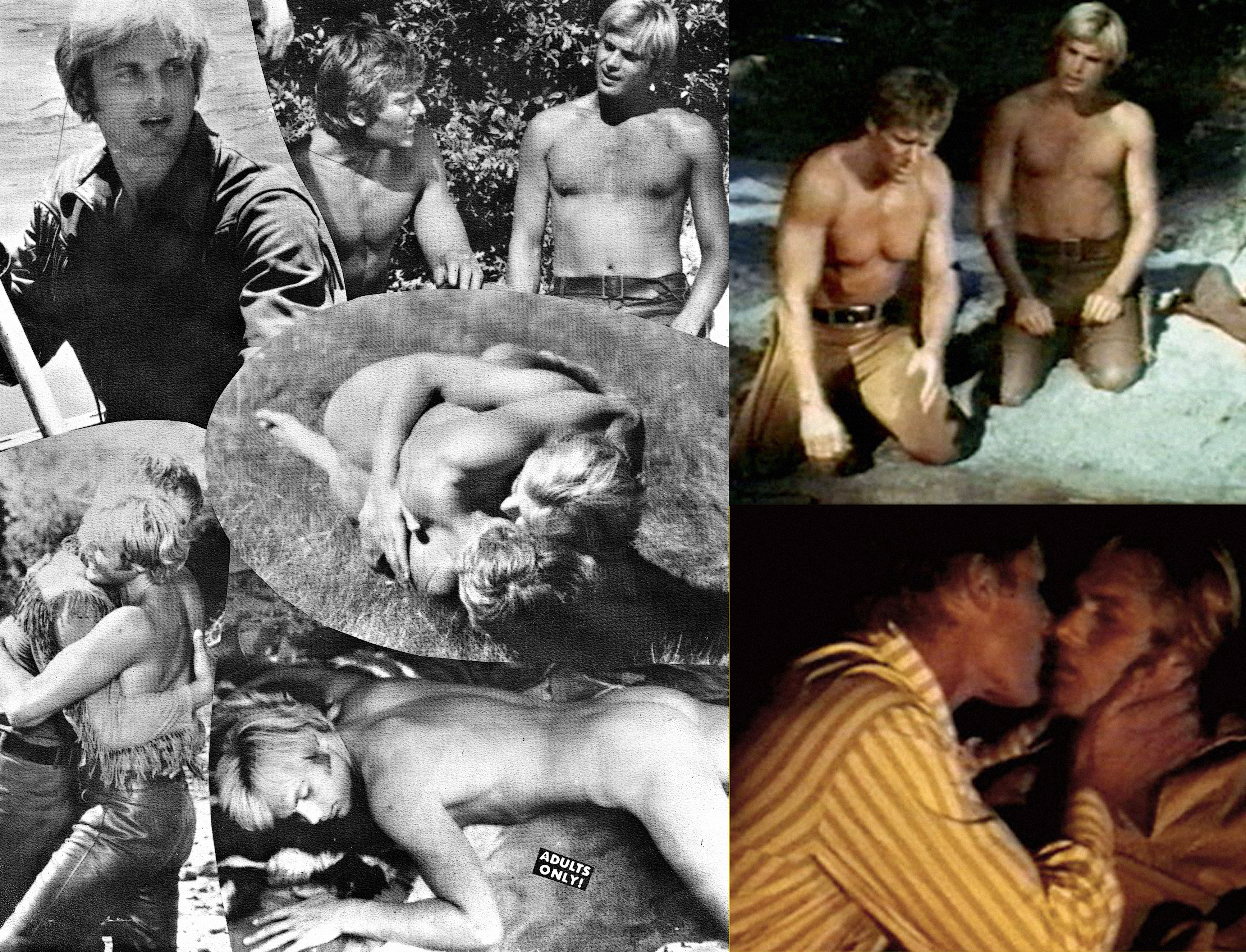
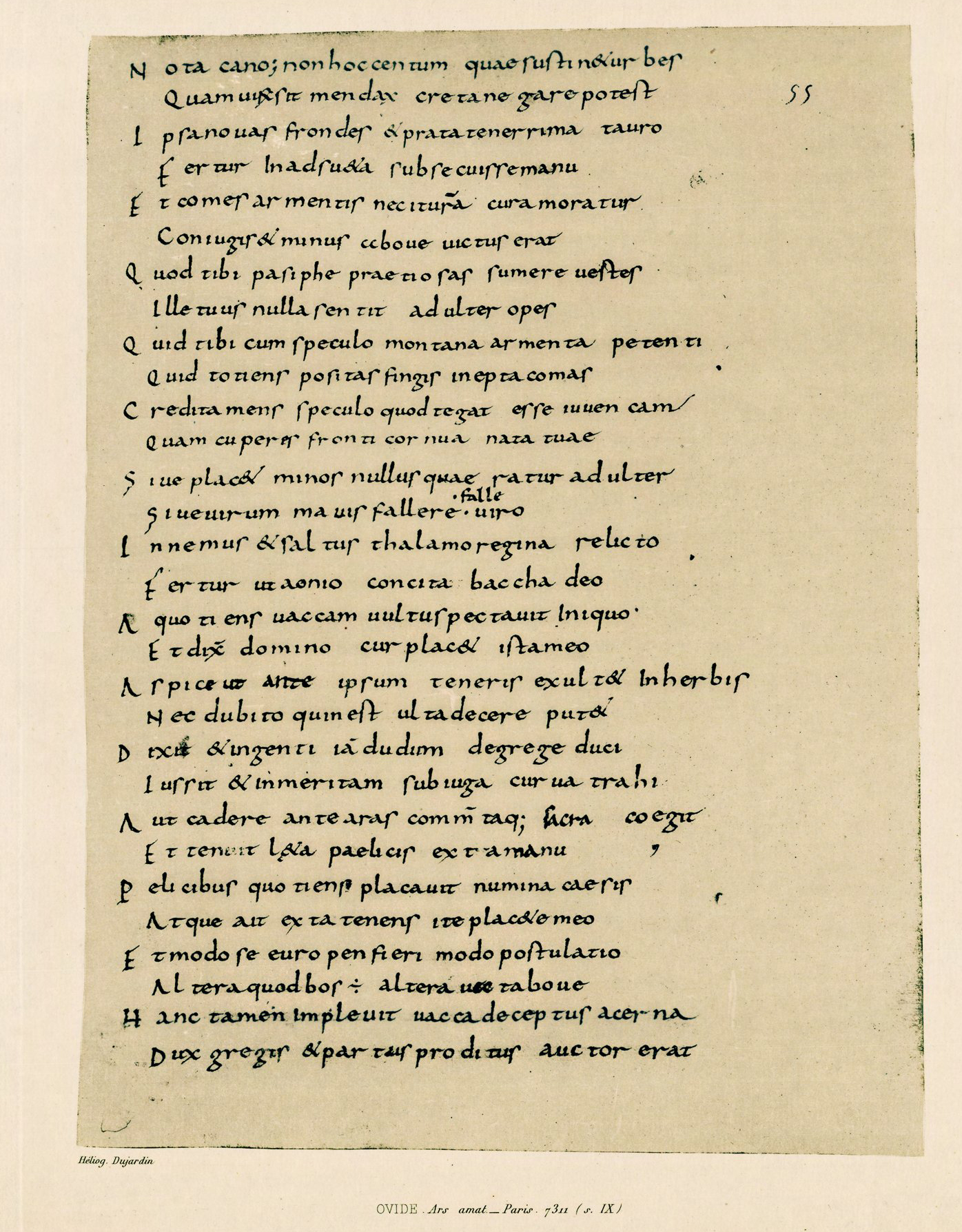

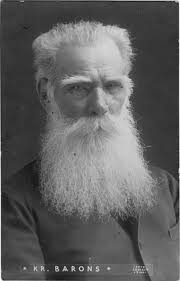
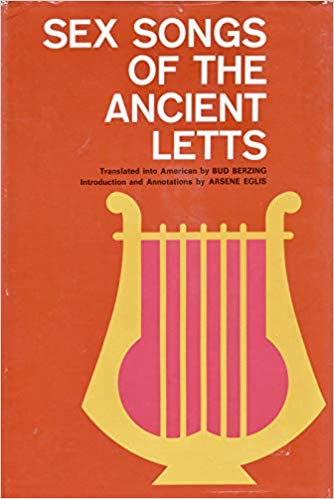

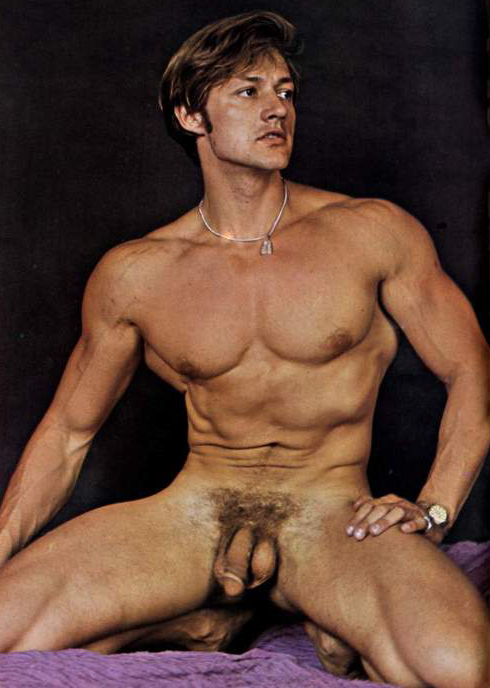
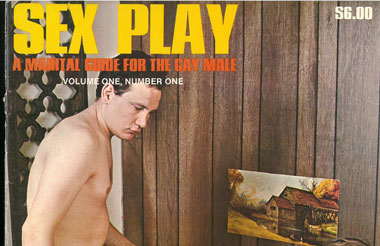
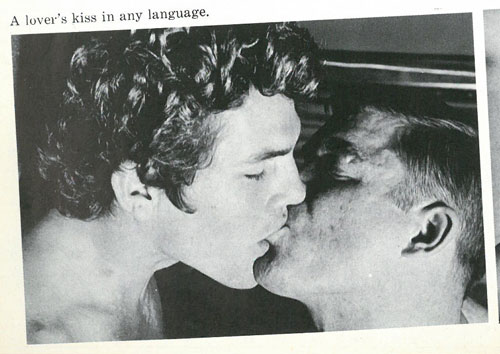
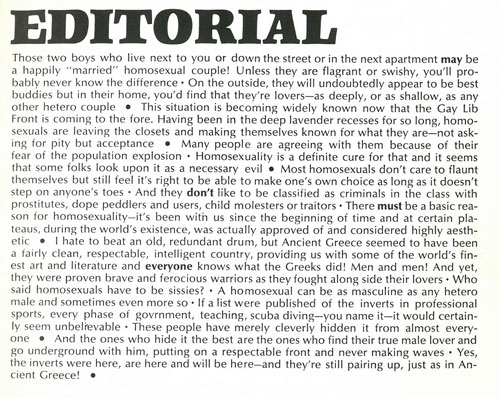

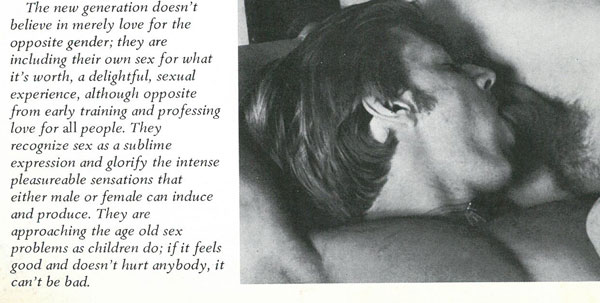

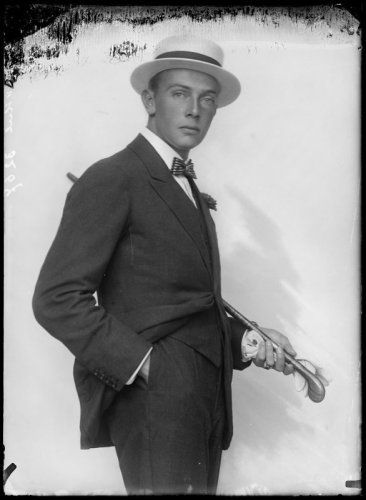
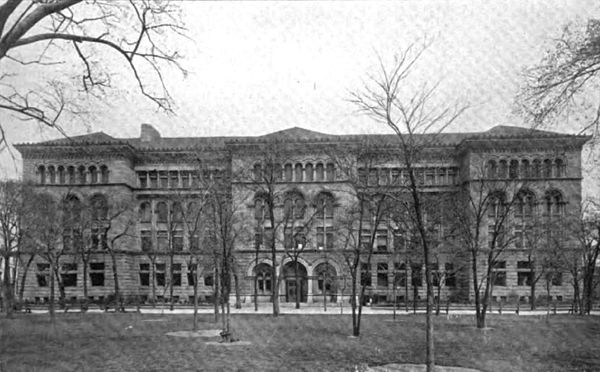
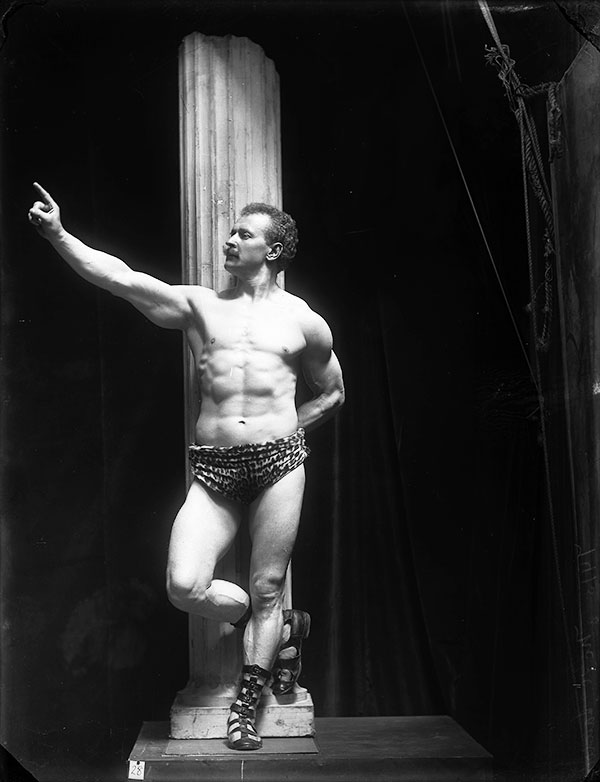
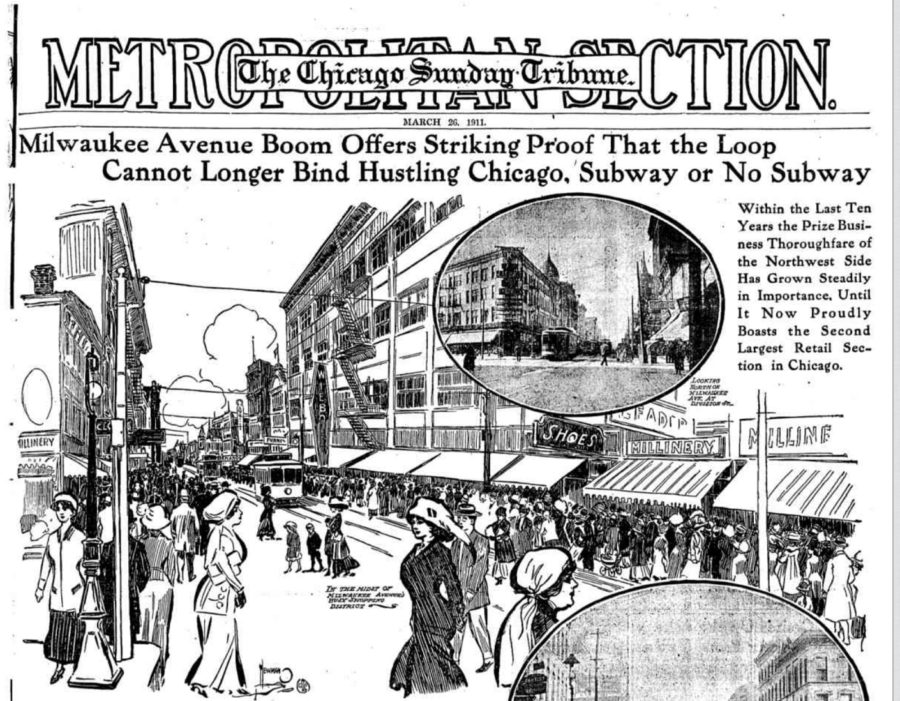
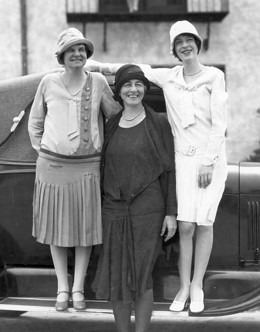
 Join our Email List
Join our Email List Like Us on Facebook
Like Us on Facebook Instagram
Instagram Youtube
Youtube Follow Us on Twitter
Follow Us on Twitter Follow us on Pinterest
Follow us on Pinterest